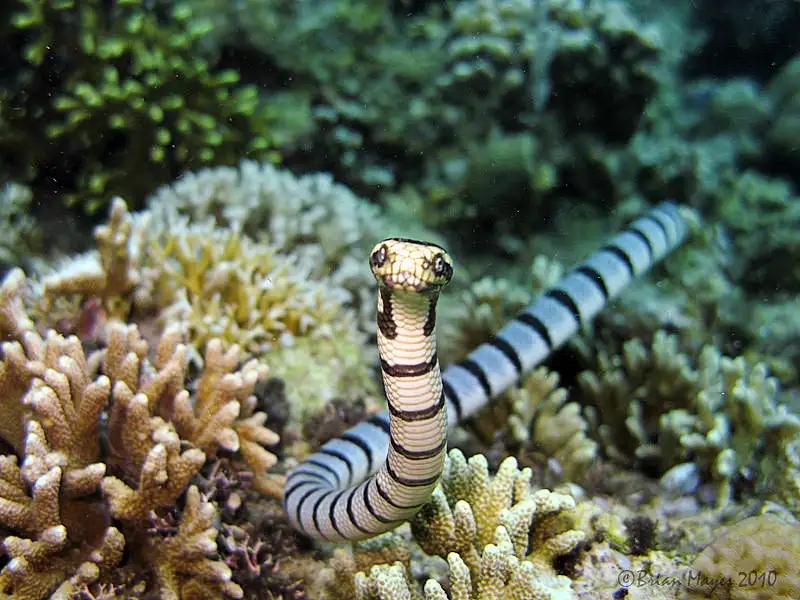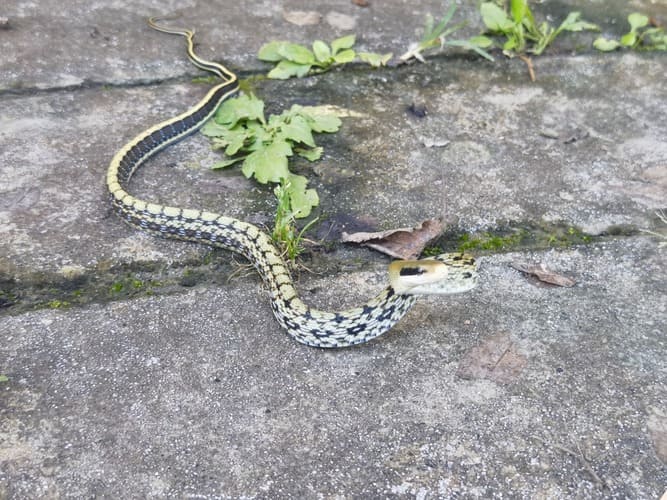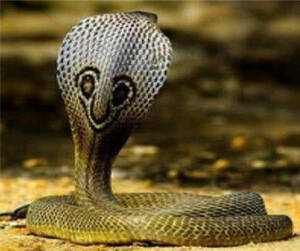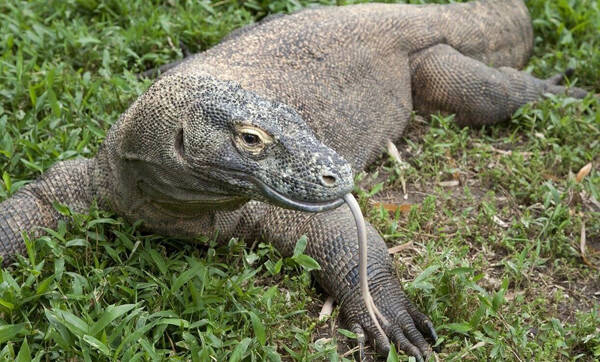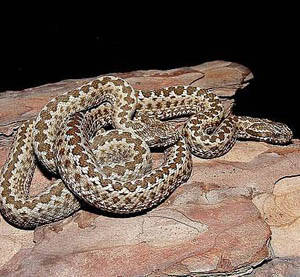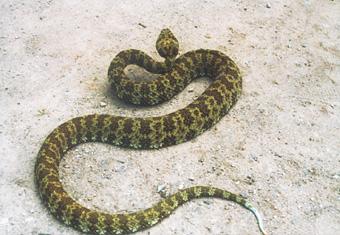Dopasia
IUCN
LCBasic Information
Scientific classification
- name:Dopasia
- Scientific Name:Dopasia,Hart's glass lizard,Golden snake, Venus ground eel, broken snake, snake lizard, earth dragon
- Outline:Squamata
- Family:S. l.d family
Vital signs
- length:20-40cm
- Weight:300-400g
- lifetime:No verification information
Feature
The cloaca emits a special odor
Distribution and Habitat
Distributed in China and Vietnam. In China, it is distributed in Sichuan, Hunan (Dayong, Hengshan and Yizhang), Yunnan, Guizhou, Jiangxi, Anhui, Jiangsu, Zhejiang (Hangzhou, Lin'an, Jiande, Yuyao, Kaihua, Jiangshan, Taishun, Suichang, Longquan, Qingyuan, Jingning), Fujian, Guangxi and Taiwan.
The brittle snake lizard lives in underground caves, living in the soil or under large rocks in mountains, forests, grass, vegetable gardens and tea gardens at an altitude of 300-800 meters. The habitat is warm and humid, with a high ground vegetation coverage rate, thick soil layer, fertile and loose soil, mostly sandy loam with good ventilation and water permeability. The depth of underground activities varies with soil conditions and the amount of underground bait, generally 20-40 mm from the ground. There are no fixed tunnels and caves, and they often move on the ground. They are often seen in grass and bushes beside farmland or roadsides, as well as in streams, wet places near farmhou
Appearance
The body is fat and the top of the head is covered with symmetrical large scales. The frontal scales are the largest, nearly shield-shaped, pointed in front and wide in the back. The frontal scales are tangent to a pair of nearly diamond-shaped frontal scales. In front of the frontal scales is a larger frontal nose scale, which is diamond-shaped. This scale is separated from the external nostril by two small scales. The frontal nose scales and the snout scales are separated by two scales that are slightly wider than the snout scales. The front scale is wide and short, and the back scale is nearly diamond-shaped. Outside these two scales are two upper nose scales arranged front and back. There are 6 pairs of upper orbital scales. The first pair is longer and tangent to the frontal scales. The second scale is the largest and nearly square. The second to fourth scales are tangent to the frontal scales. The fifth scale is nearly rectangular and tangent to the frontal parietal scales. The s
Details
The English name of the brittle lizard is Hart's glass lizard, and there is no subspecies.
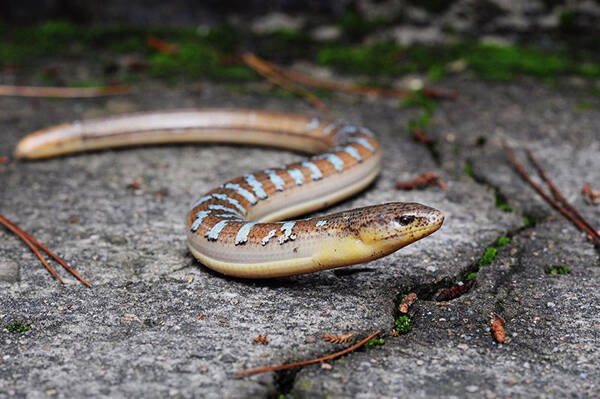
In mid-to-late October, when the temperature drops to around 13℃, the brittle lizards gradually enter hibernation. When the temperature drops below 8℃, they enter deep sleep. Females and young lizards hibernate in the spawning caves, while males hibernate in hibernation caves 50-60 cm deep. The caves are mostly hidden under grass roots and tree roots, hidden, sunny and leeward. The tunnel is slanted downward, with an inner diameter of about 6 cm. The end chamber is oblong, with a smooth inner wall, an inner diameter of 7 cm × 9 cm, and a height of about 6 cm, which can only accommodate the body. When the temperature rises above 13℃ in the second year, they will gradually come out of sleep. When they just come out of sleep, they will only move on the ground at noon. In summer, they will go to the ground to forage for food at 8-10 am and 3-5 pm, and they will not come out at noon. They will not go out on rainy days, but will be more active after the rain. They are good at swimming and their movements are like snakes. Whether it is an adult lizard or a young lizard, a special odor can be emitted from the cloaca. The young lizard is more sensitive, which may be related to escaping from enemies and seeking the opposite sex. When active, adult lizards often make weak and sharp calls. They mostly prey on earthworms, snails, small worms and various small insects.
The brittle snake lizard reaches sexual maturity only when it is over 5 years old (head and body length is greater than 149 mm). Usually, males and females move separately and only come together during the breeding season. Before mating, the males and females chase each other, with the female in front and the male behind, crawling left and right. After mating, they separate again, and the female will find a suitable place to build a nest and lay eggs. Each time, 7-9 eggs are laid. The eggs are white, oval, and the egg shell is leathery. The egg diameter is (24-25) mm × (16-17) mm, and the egg weighs 3-4.5 grams. The eggs are generally laid in caves 20-30 cm deep from the ground. The cave is 6-8 cm high, the bottom of the cave is nearly round, 9-10 cm in diameter, flat and loose, and the female's body is coiled, surrounding the eggs. Under the protection of the female, the eggs can hatch after 22-25 days. According to Chen Bihui (1991), the eggs of the brittle snake lizard can hatch normally when they are incubated indoors at 24℃±2℃ and the relative humidity of the soil is maintained at about 70%. If the temperature is below 20℃ and the relative humidity of the soil is below 50%, the incubation period will be extended or the eggs will not hatch. The newly hatched lizards are covered with amniotic fluid and dry after a few minutes. The average body length is 40-50 mm, the head length is about 8 mm, the head width is about 6 mm, and the total length is about 60-70 mm. The body color is completely different from that of the adult. There is a very small egg tooth in the center of the upper jaw, which disappears 2 days after hatching. The newly hatched lizards are basically blind, and they stick out their dark tongues from time to time. They like to live in groups and are agile.
Listed in the "Red List of Endangered Species of the World Conservation Union" (IUCN 2009 ver 3.1) - Least Concern (LC).
Listed in the "China Biodiversity Red List - Vertebrate Volume" (Reptiles) - Endangered (EN).
Listed in the "National List of Terrestrial Wildlife with Important Economic and Scientific Research Value" issued by the State Forestry Administration of China on August 1, 2000.
Listed in the second level of the "List of National Key Protected Wildlife in China".
Protect wildlife and eliminate game.
Maintaining ecological balance is everyone's responsibility!

